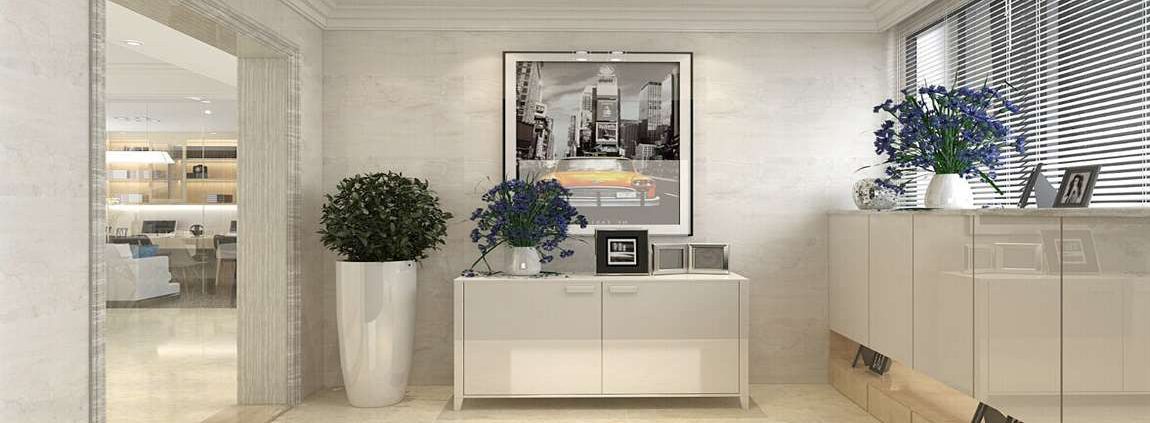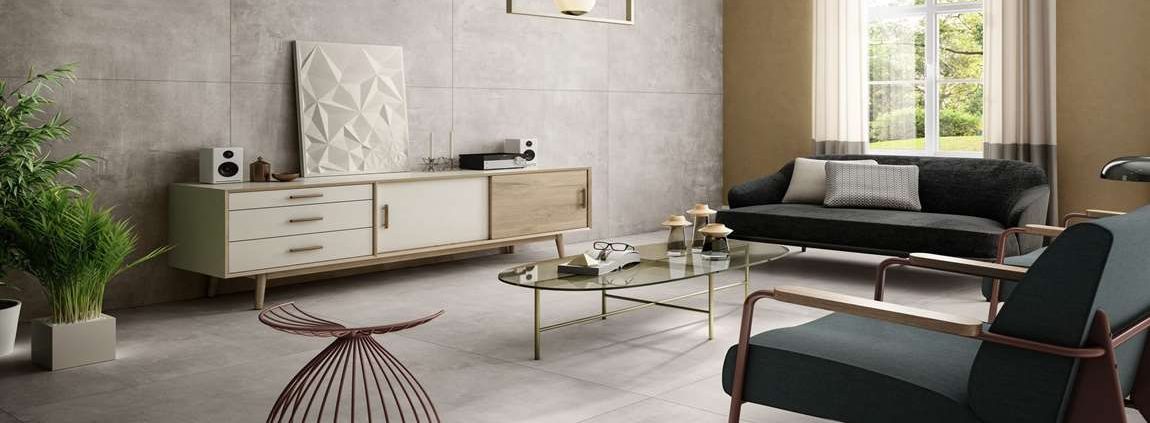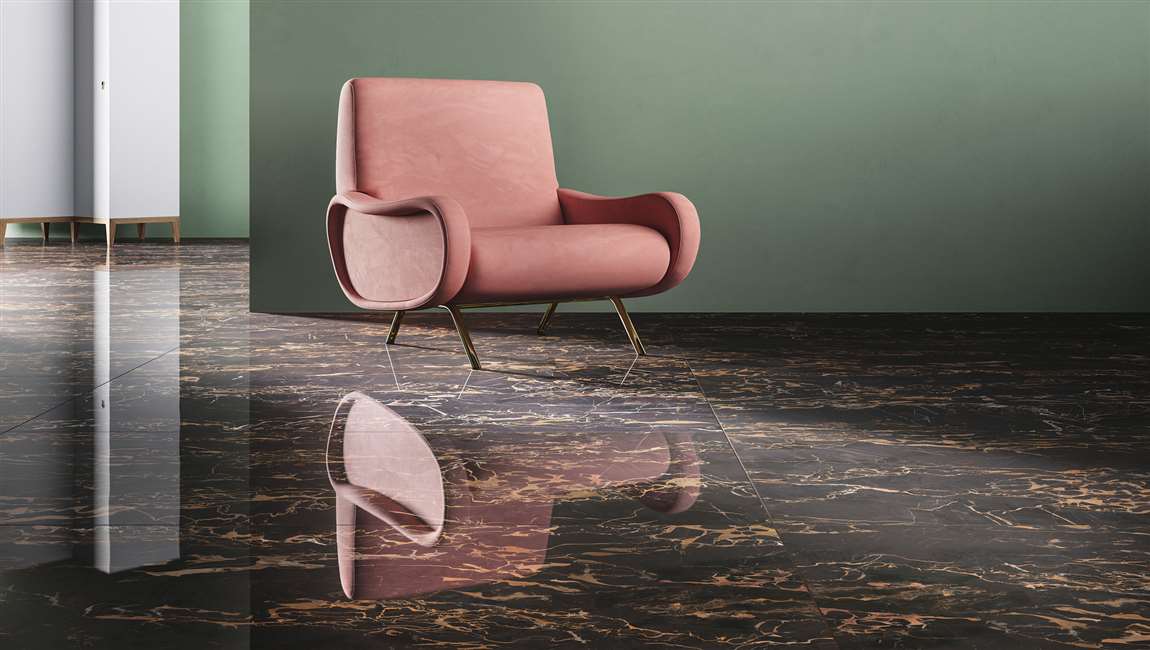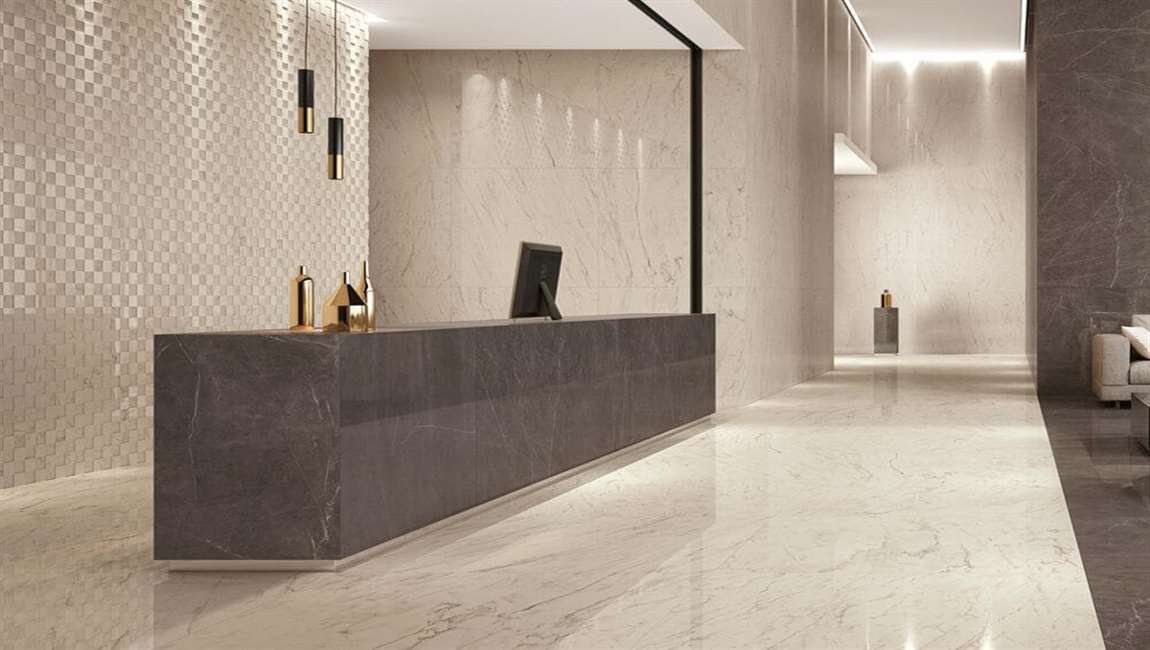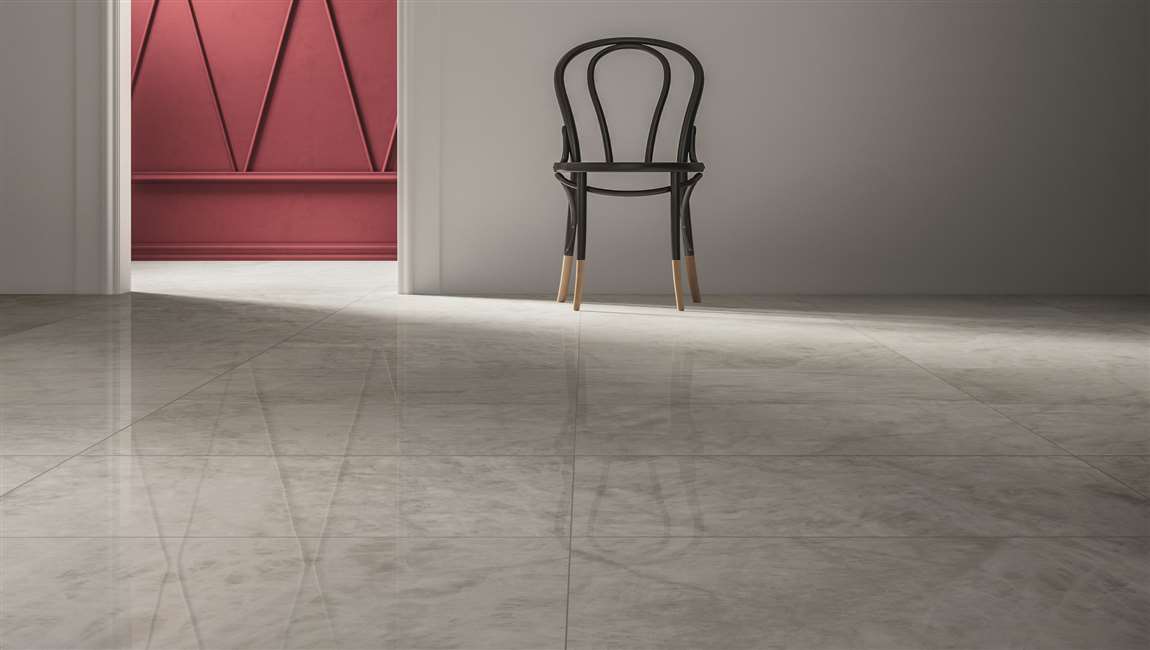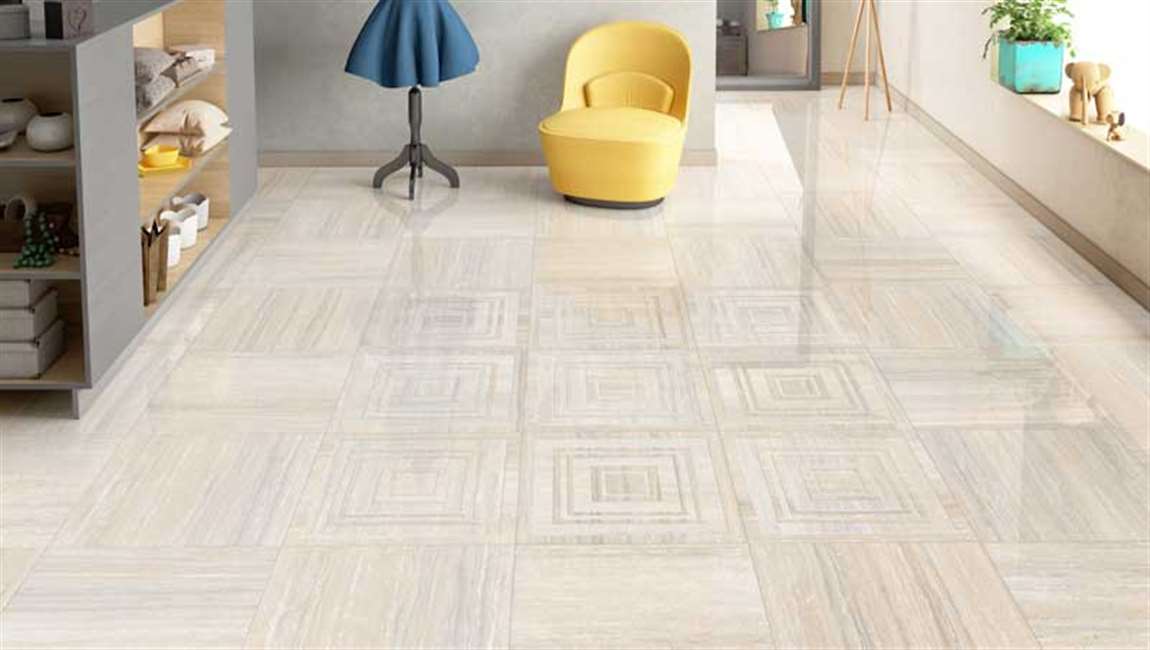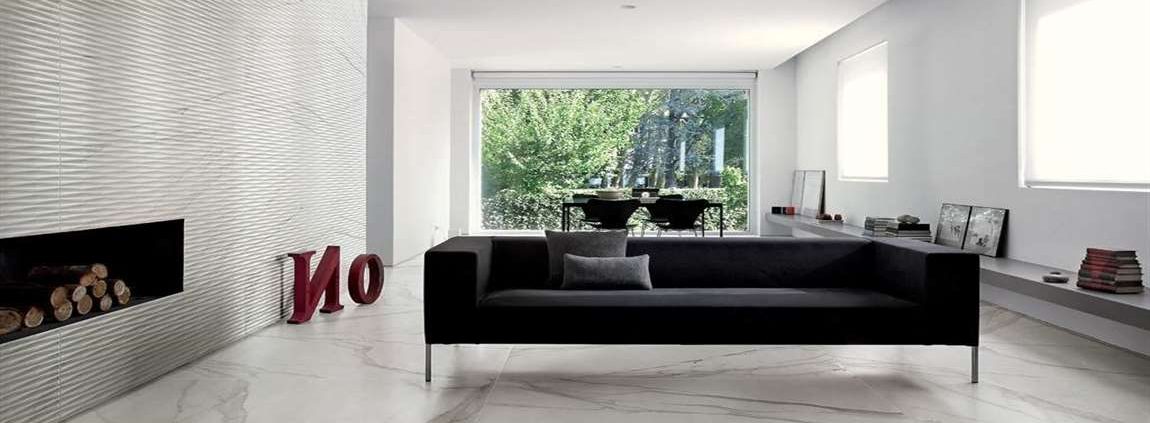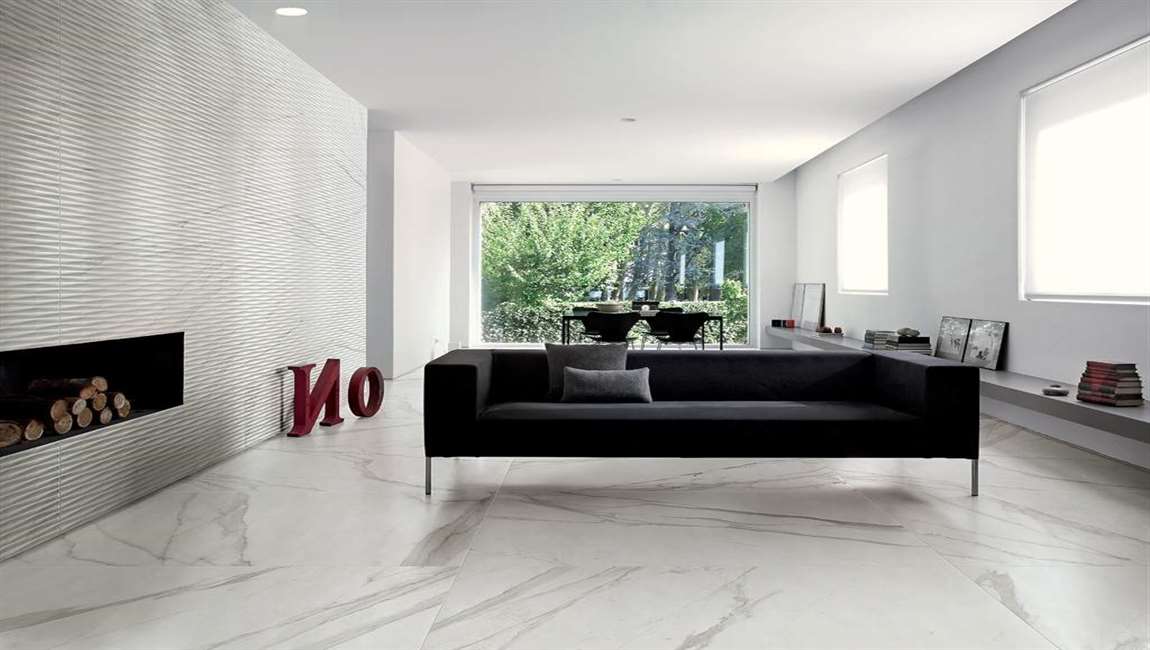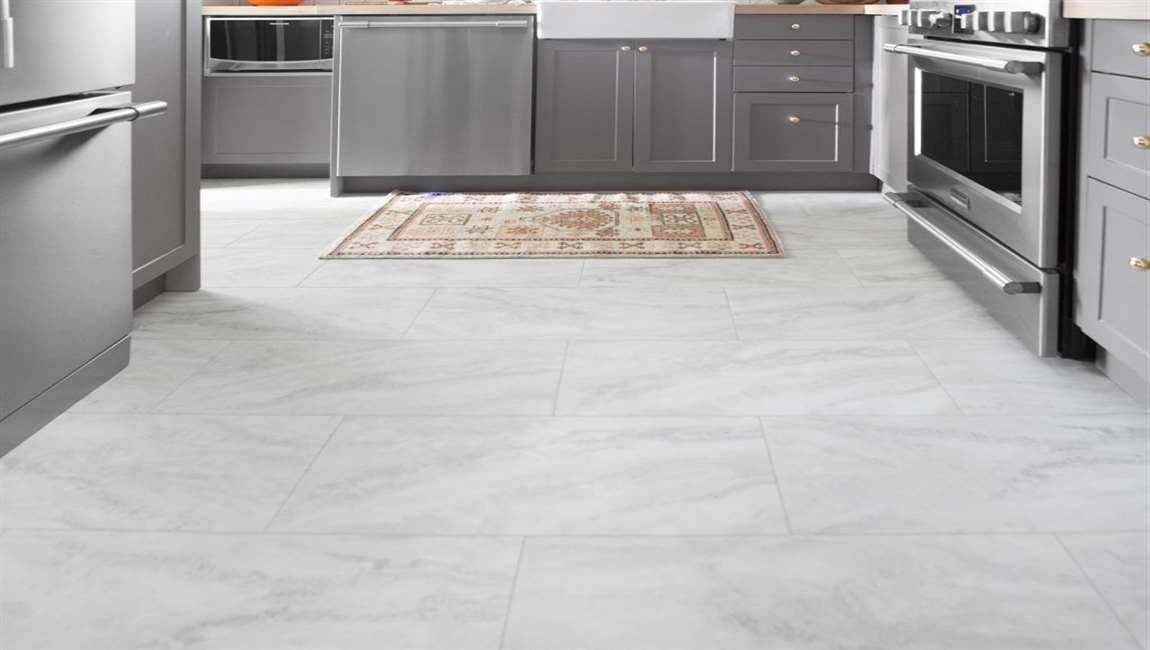Tile Commercial Polishing
Apply a wax stripping solution to remove any built up wax. If your tile floor has previously been waxed, you’ll want to remove it before polishing. The old wax may be flaking or collecting dirt, and will affect the overall polish. Fill your bucket with a wax stripper and scrub your tile floor clean of any old wax with a scrub brush, then mop the floor with clean water to remove any chemical residue.
Allow the floor to dry at least 1 hour before moving on, but make sure the floor is fully dry. You can find wax stripper at any home improvement or hardware store. Try hydrochloric acid for soap scum and water deposits on tile flooring. Hard water deposits and soap scum stains require heavy duty chemicals to be removed.
Empty the bucket of water completely, then fill it with 4 cups (950 mL) of water and 1⁄2 cup (120 mL) of hydrochloric acid. Apply the mixture directly to the stain and allow it to sit for several minutes. Then scrub the stain clean and allow the area to dry completely. Hydrochloric acid is available for purchase at most hardware stores. It is also often sold at pool supply stores because the acid is commonly used to sanitize swimming pools.
Hydrochloric acid is a harsh chemical and can burn your eyes and throat, so mix it in the bucket outside or a well-ventilated area. Be sure not to get any of the chemical on your skin as it can cause chemical burns. Use an electric floor buffer to buff the tile floor quickly. A floor buffer is a great option for a quick and consistent buffing. Consider renting or borrowing one for the day if you do not own one.
They are often as easy to use as a standard vacuum cleaner. Turn the buffer on and move it across the tile floor using small, sweeping side-to-side movements for an even finish. You can rent electric floor buffers from home improvement stores like Home Depot for around $30 a day.

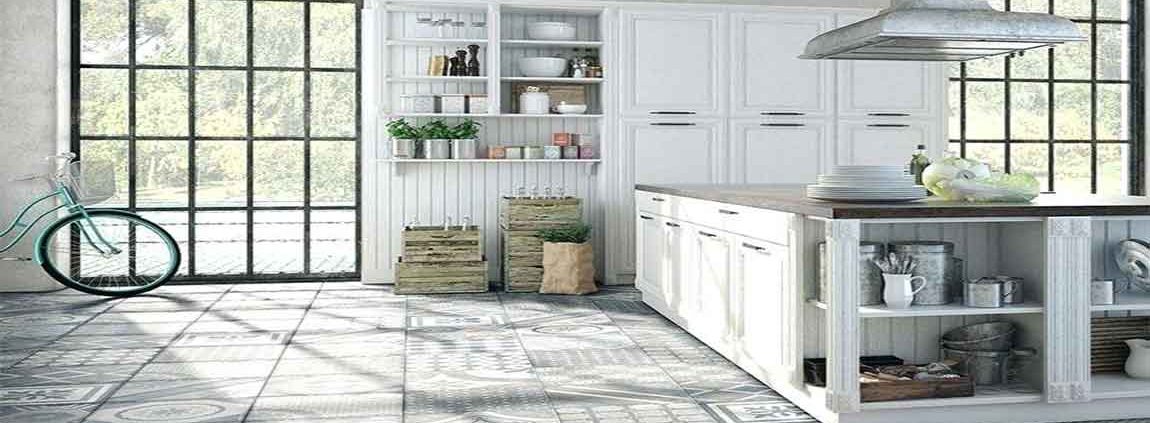

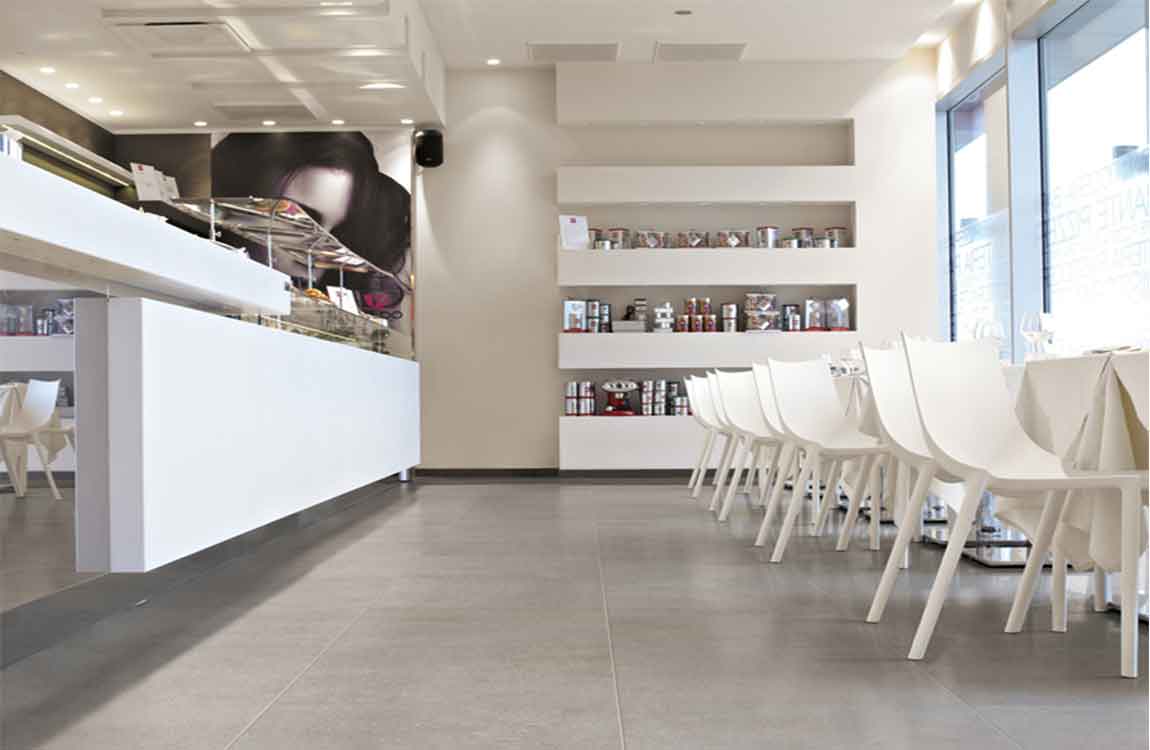

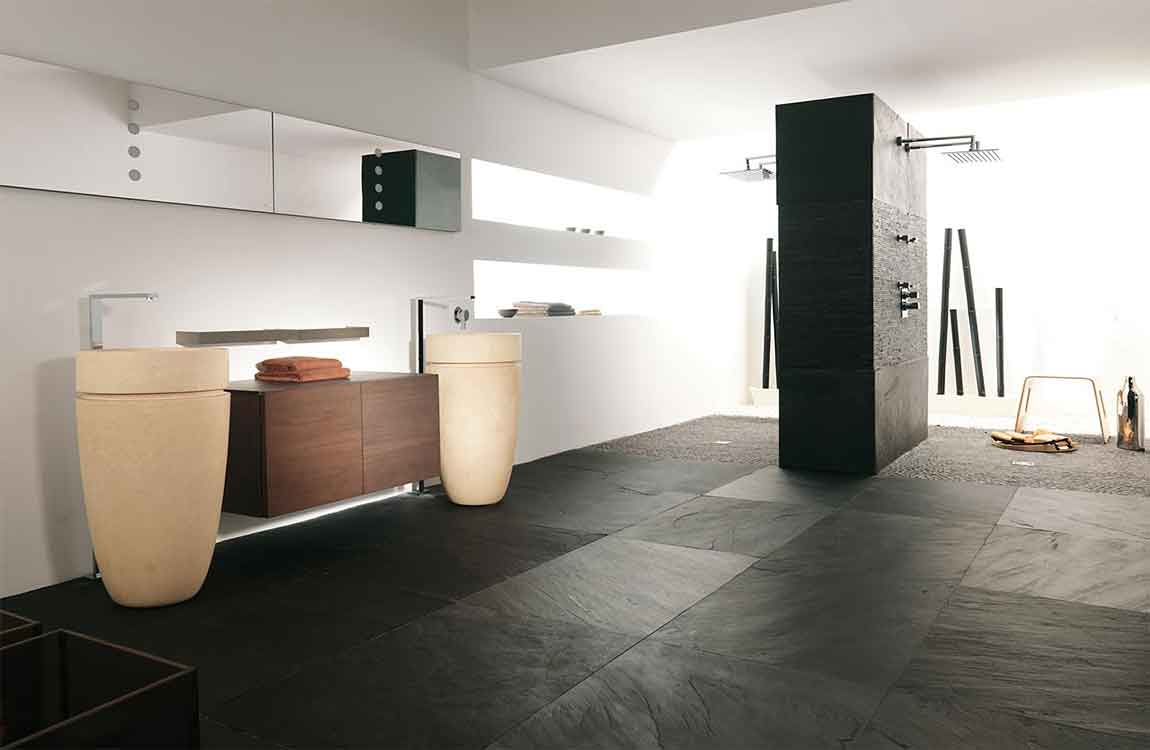
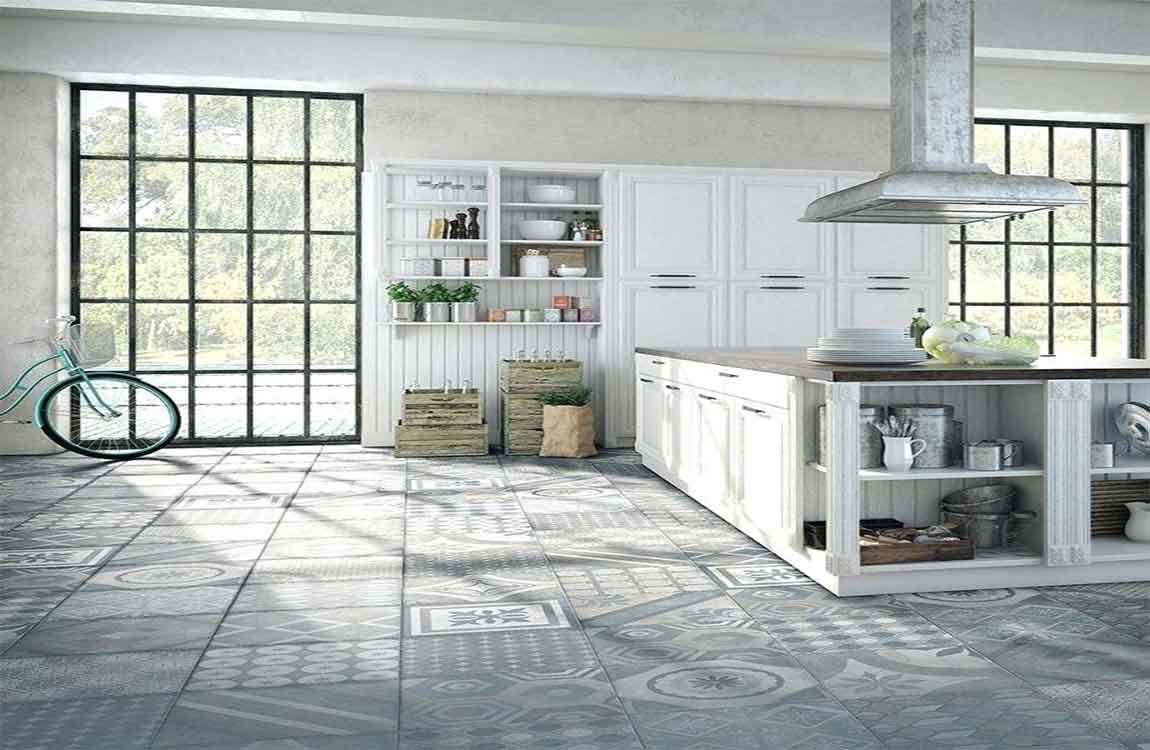




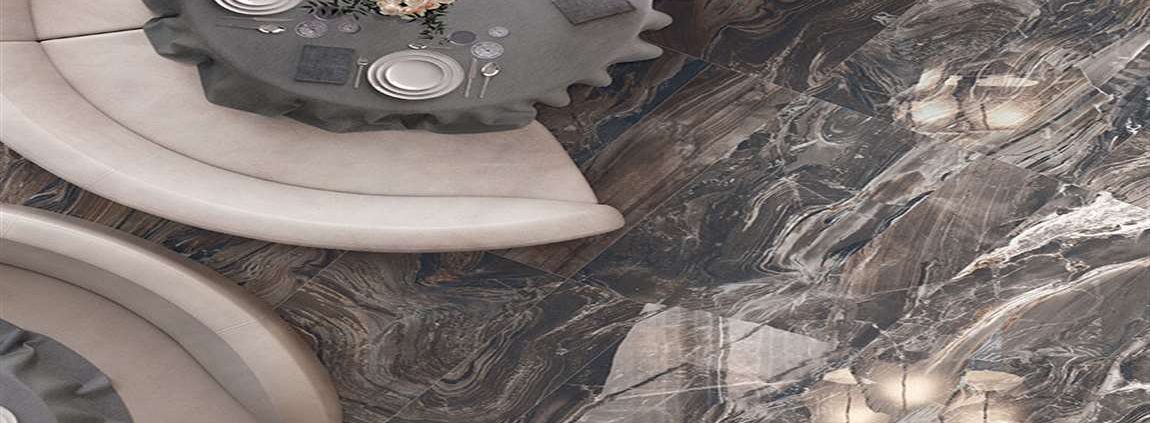
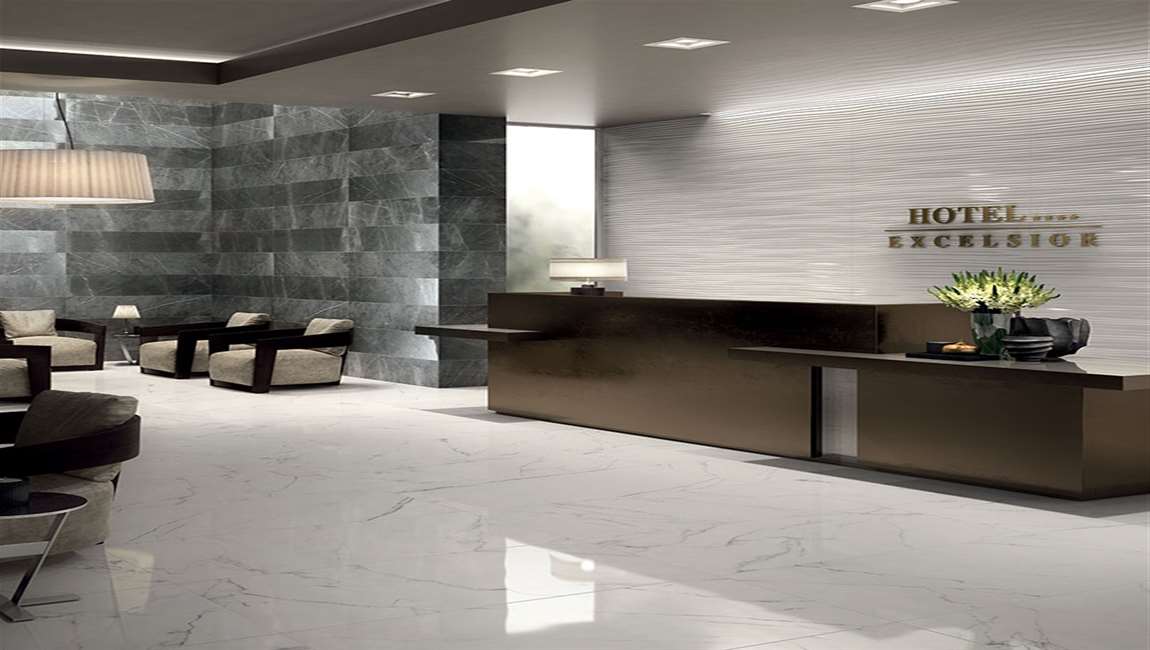
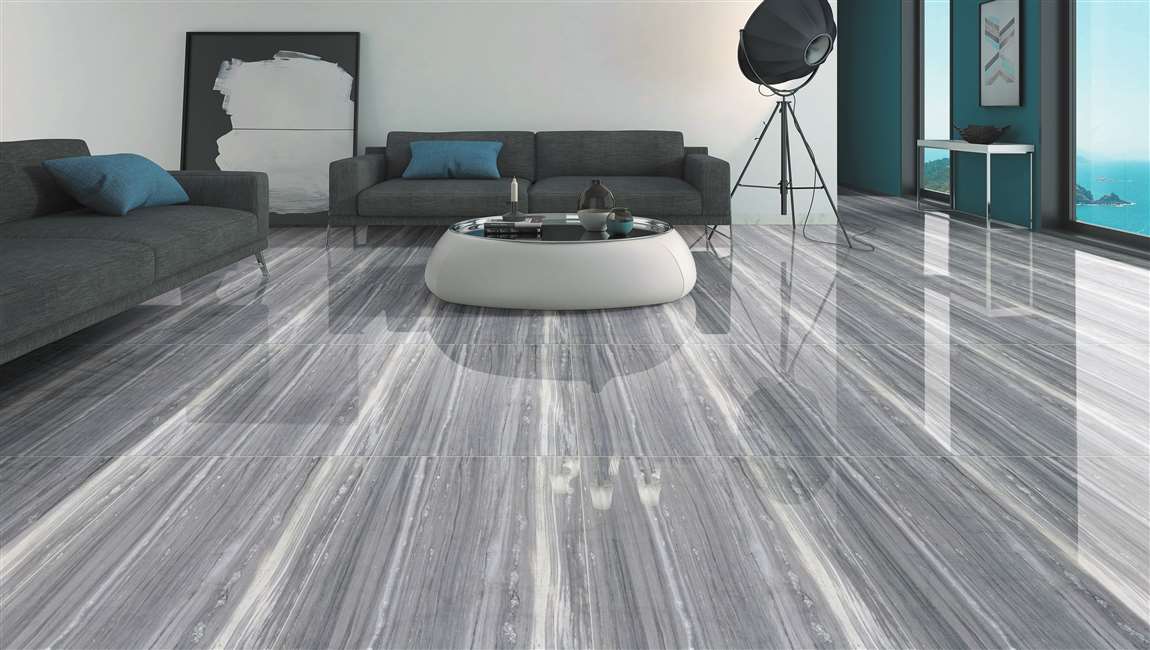


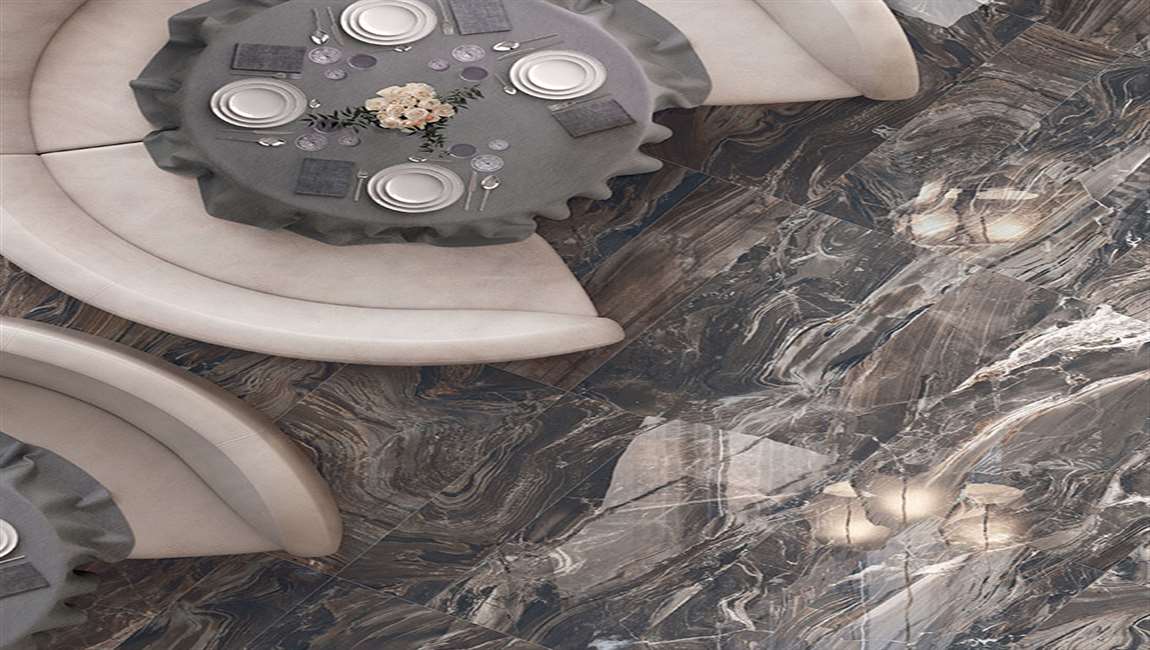
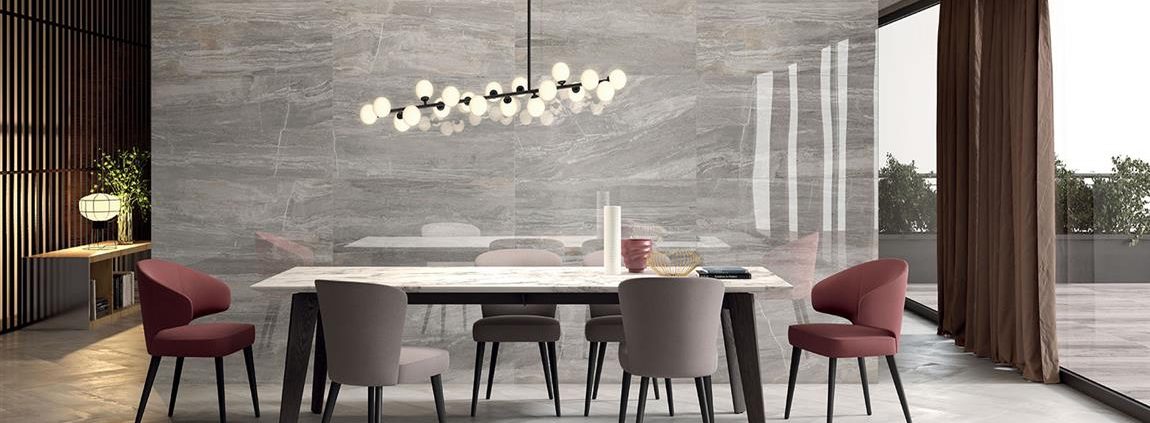

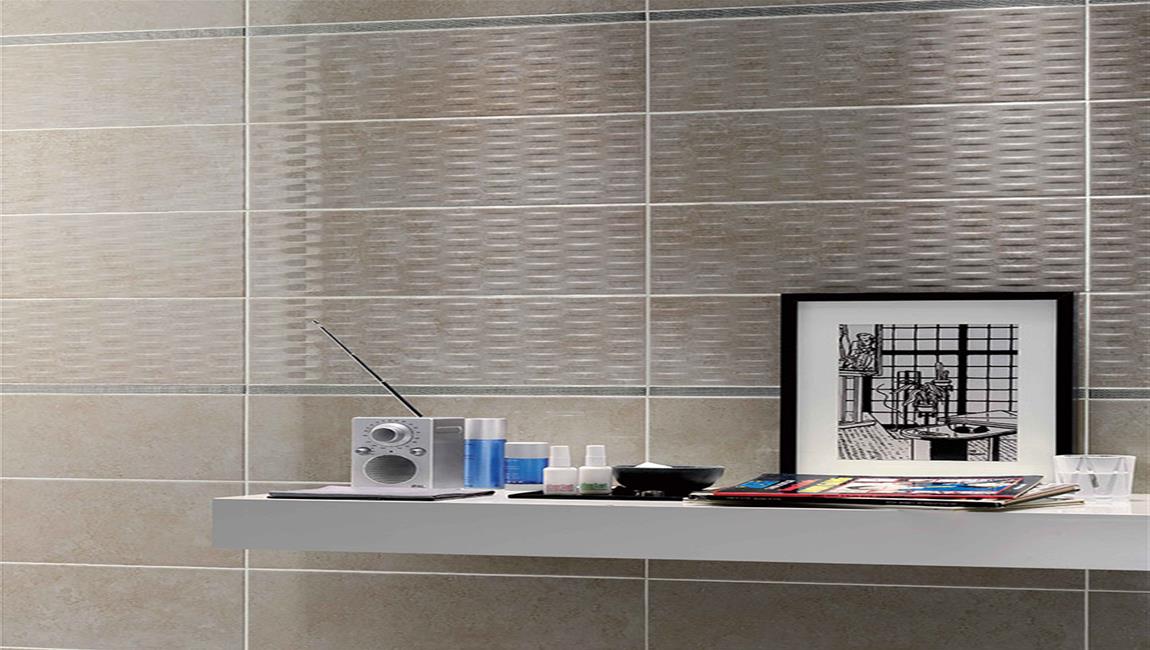
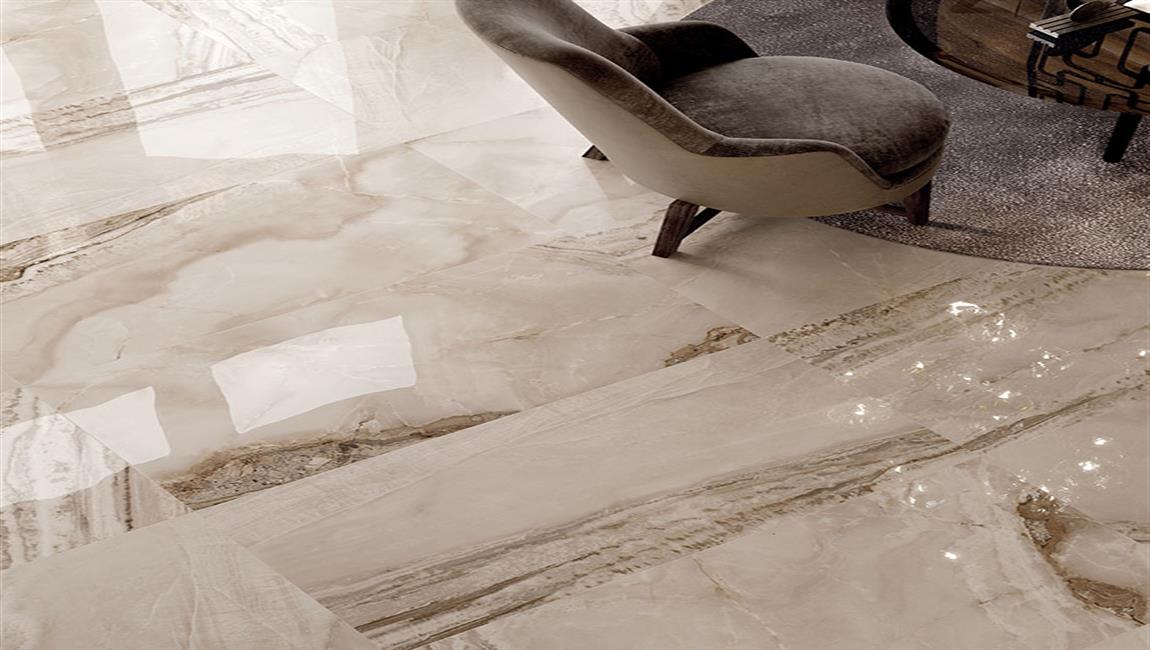
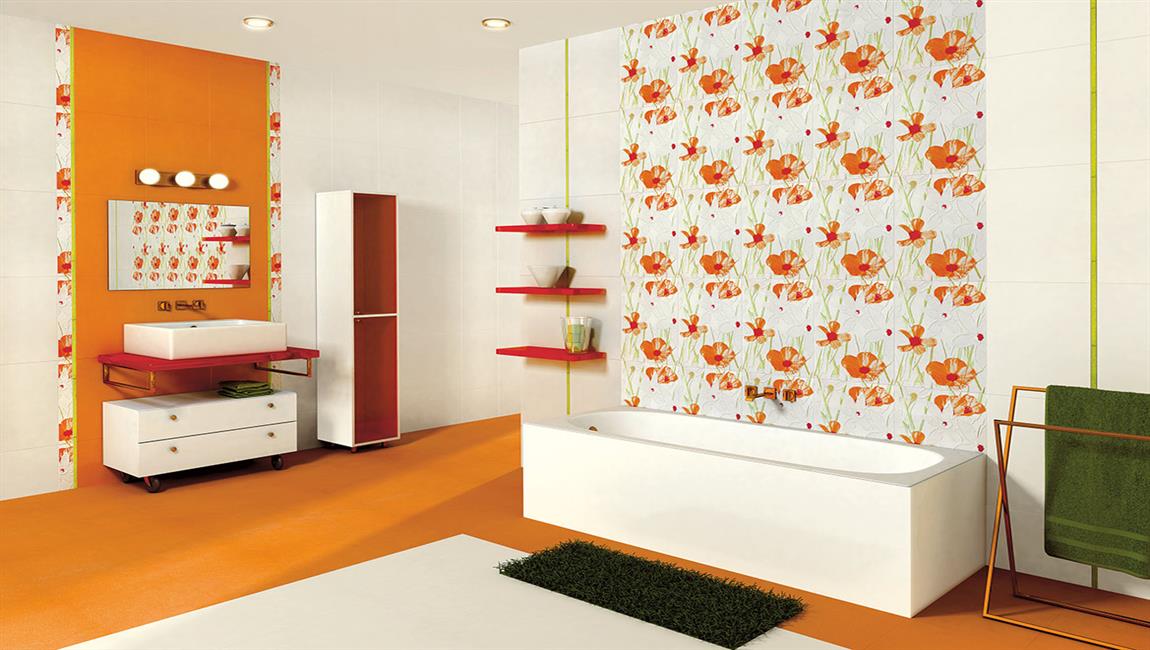
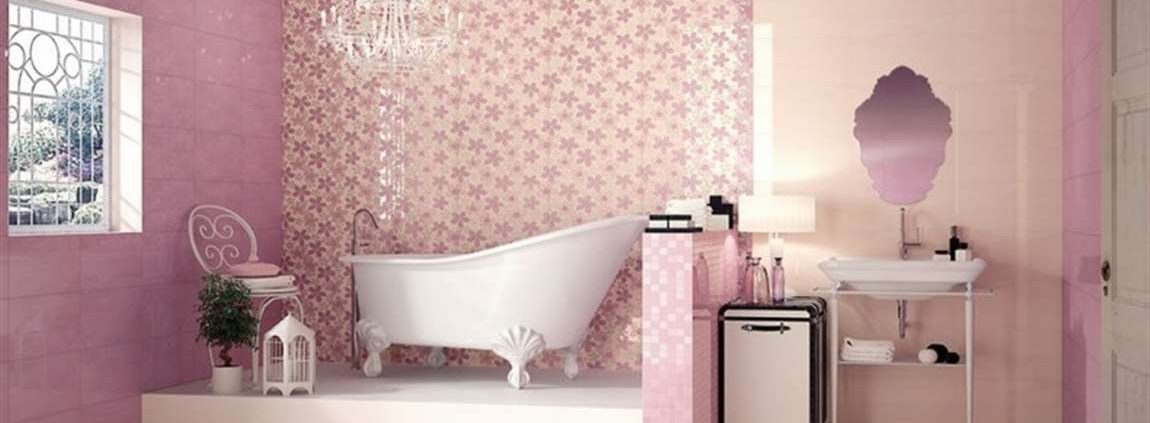
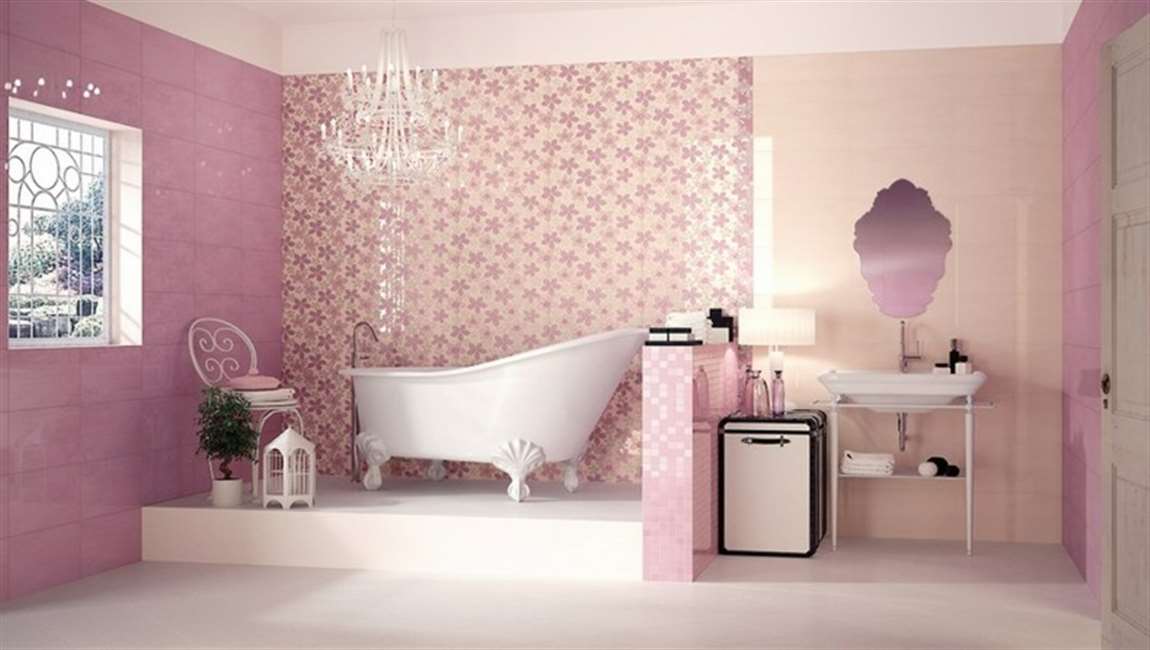

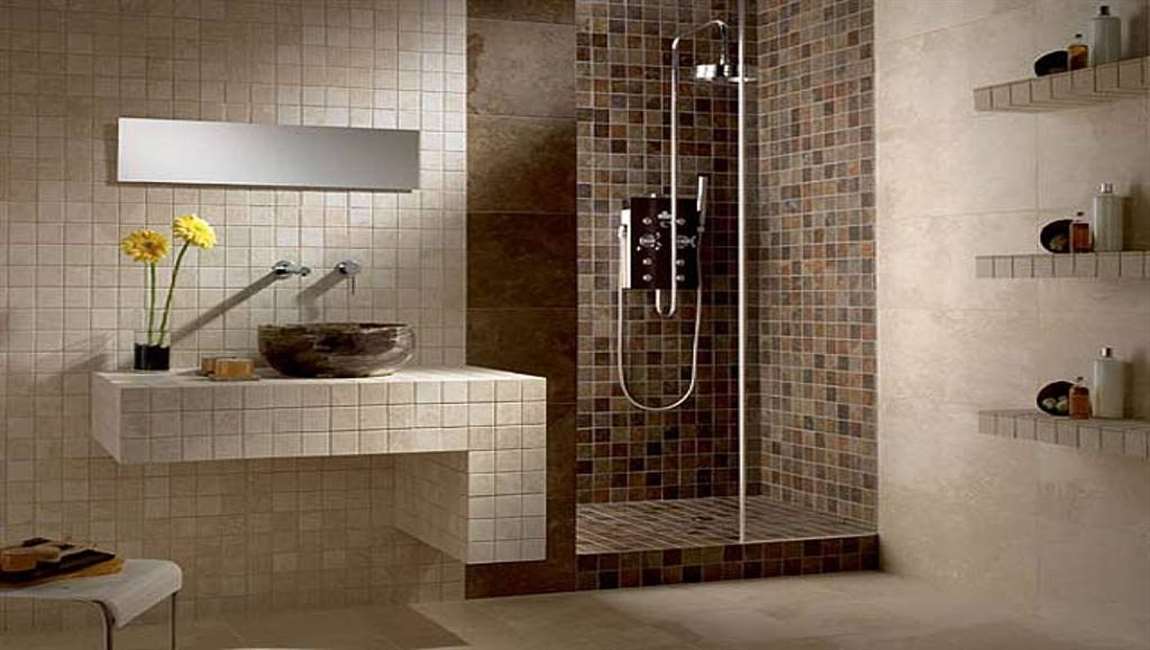
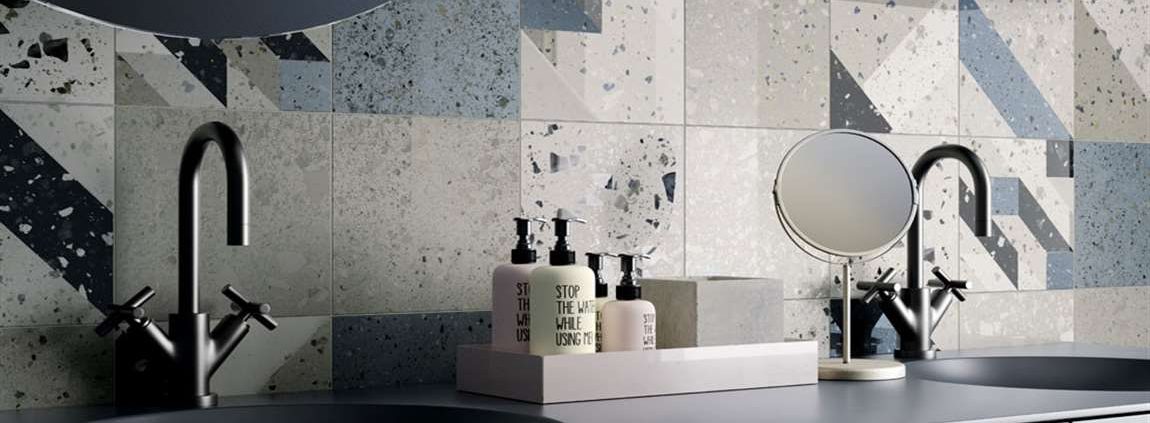
 Some hammer chisels are handheld so they can be used on walls or floors, while others are larger and made just for floors. Pick the right hammer chisel for your job. Hammer chisel rentals usually cost around $50-$60 USD per day.
Some hammer chisels are handheld so they can be used on walls or floors, while others are larger and made just for floors. Pick the right hammer chisel for your job. Hammer chisel rentals usually cost around $50-$60 USD per day.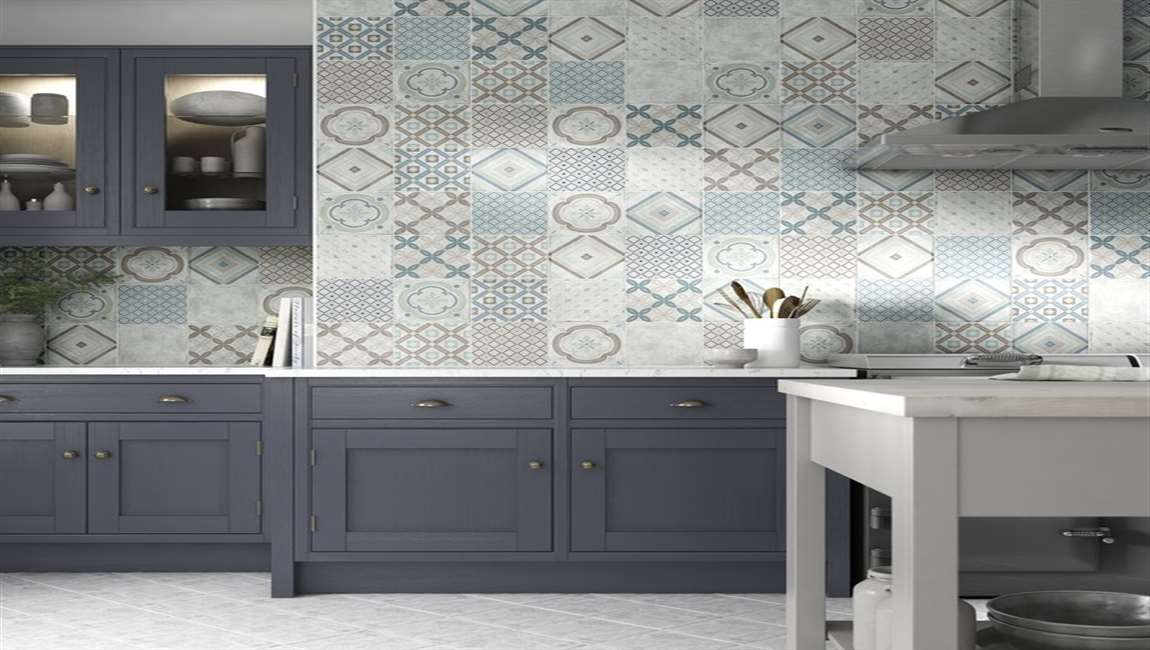 Put on safety glasses and earplugs before you start working. Since hammer chisels break apart your
Put on safety glasses and earplugs before you start working. Since hammer chisels break apart your 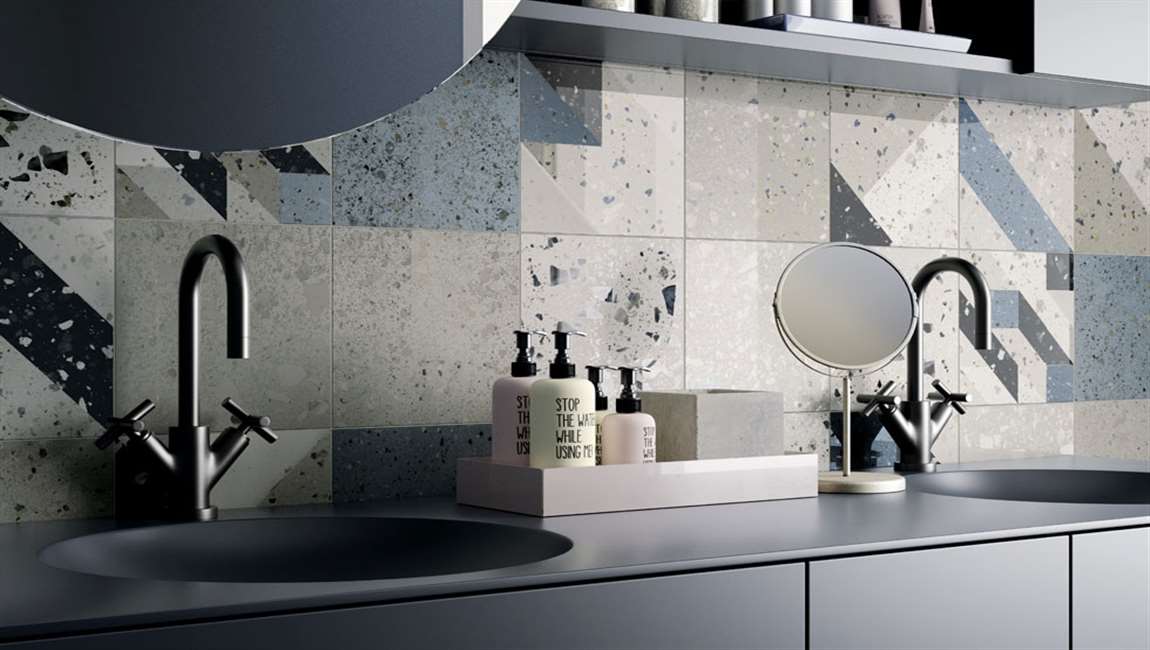 Hold the end of the chisel against the edge of your
Hold the end of the chisel against the edge of your  Turn on the hammer chisel to break apart your
Turn on the hammer chisel to break apart your 